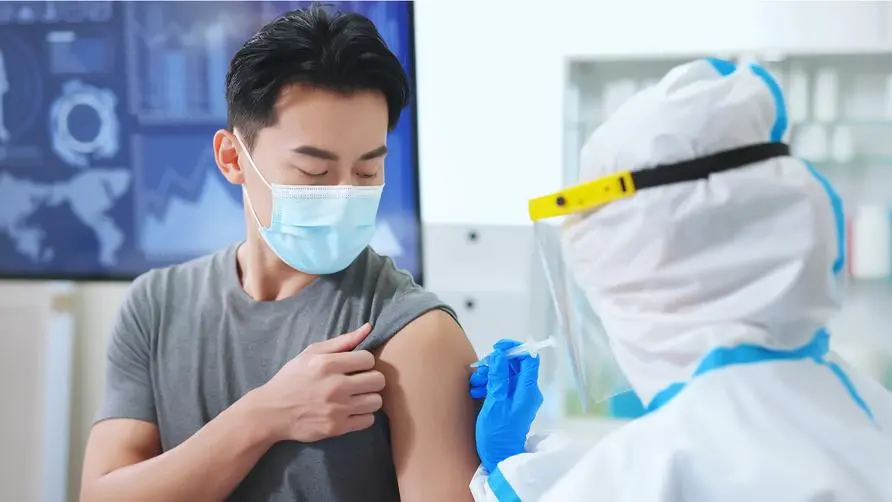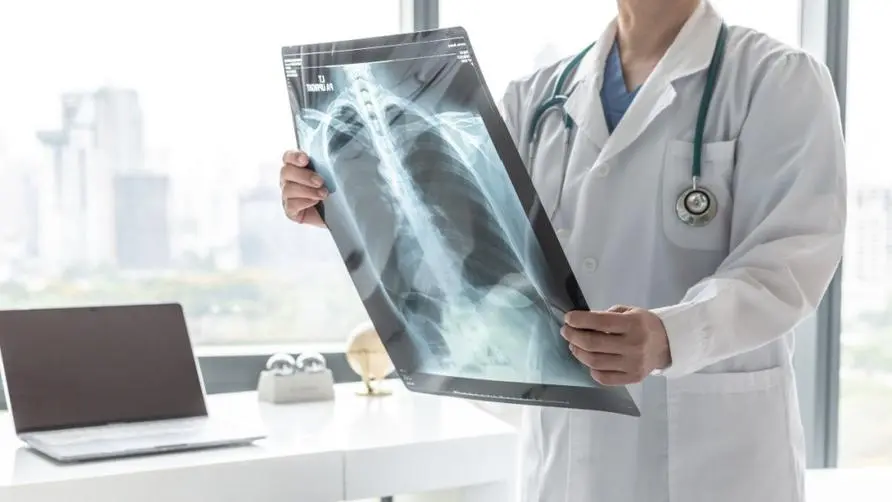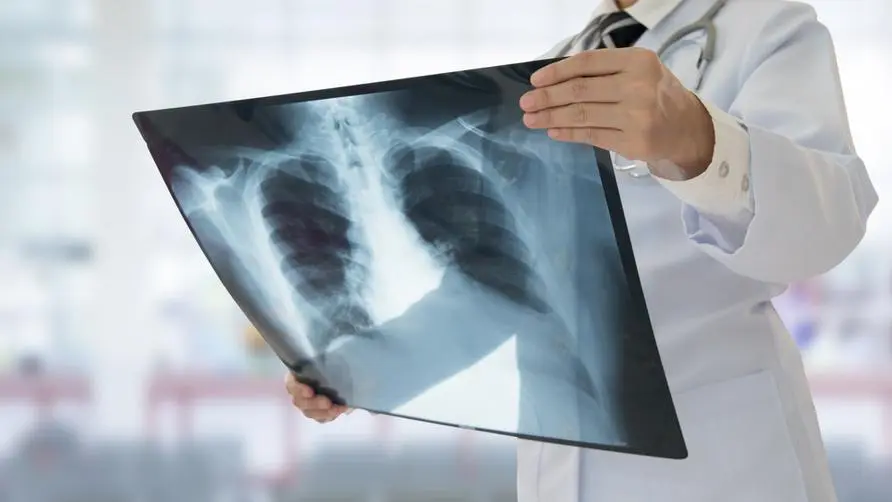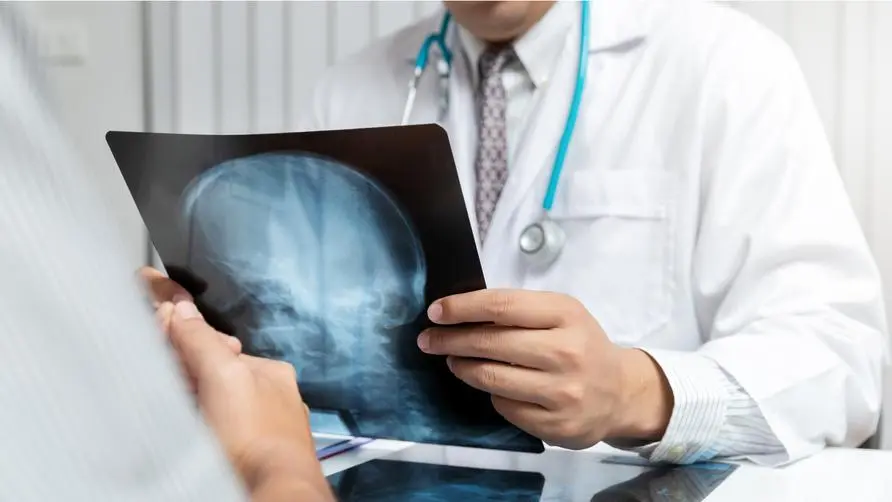Are the number of lung cancer cases rising more "younger"? Who should have a low-dose computed tomography scan?
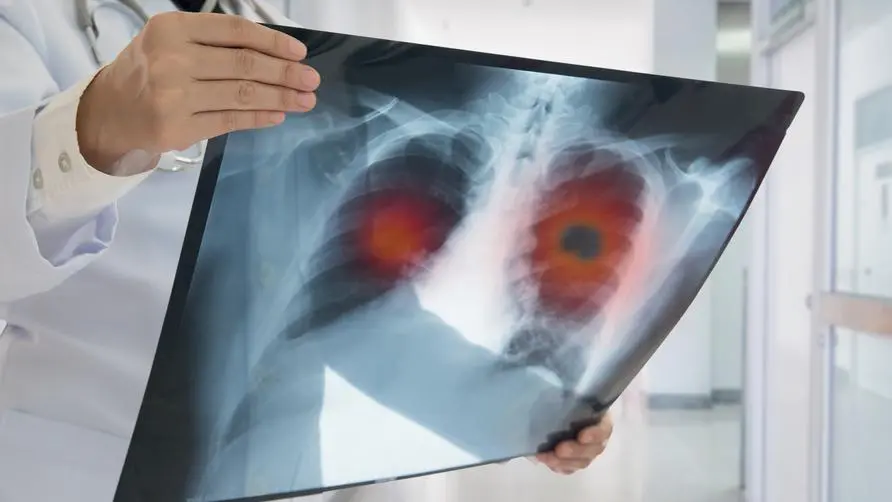
Are the number of lung cancer rising? Screening to find more early-stage patients?
The incidence rate of lung cancer ranks second among the top ten cancers in Taiwan. Not only is the number of people increasing, but the age group is also declining? Dr. Ke Haowen, secretary-general of the Taiwan Lung Cancer Society and Department of Thoracic Surgery at Linkou Chang Gung Memorial Hospital, said in an exclusive interview with healthorn that with the popularization of “low-dose computed tomography” for screening lung cancer, examination services and convenience in medical institutions have increased, and people’s awareness of lung cancer screening has also increased. It turns out that many early-stage lung cancer patients have indeed been identified through low-dose computed tomography scans, with the most obvious increase in the proportion of stage 1 patients.
Dr. Ke Haowen pointed out that when lung cancer is diagnosed, about 60%-70% of patients are in stages 3 and 4. In the past, the 5-year survival rate of stage 4 lung cancer was less than 15%, while the 5-year survival rate of stage 1A lung cancer can reach nearly 90%. %; for stage 1B tumors larger than 3 cm, the 5-year survival rate is also nearly 70%, which has increased to 80% in recent years. This shows that as long as lung cancer is detected through correct screening at the very early stage, the survival rate is expected to be significantly improved.
Is the size of nodules related to malignancy? Is it most dangerous to suddenly become big?
However, low-dose computed tomography lung cancer screening still has considerations such as radiation and false positives. Dr. Ke Haowen explained that when multiple pulmonary nodules are found under computed tomography, generally speaking, the smaller the size, the lower the possibility of cancer, but this cannot be generalized. Particular attention needs to be paid to nodules larger than 1 cm. Surgeons recommend that the tumor size for surgical resection be approximately 0.8 cm and must be accompanied by appropriate follow-up observation.
Generally, lung nodules below 0.3 cm can be followed up after 1-2 years; for nodules around 0.5 cm, it is recommended to be followed up again within 6 months to 1 year to observe whether they have significantly enlarged. There may be a large number of pulmonary nodules, but not every nodule is necessarily malignant, and small pulmonary nodules have almost no symptoms such as coughing. Therefore, it is important to cooperate with a doctor to detect early whether the nodules are enlarged or diseased. sign.
Dr. Ke Haowen pointed out that a recent female patient in her 50s was found to have pulmonary nodules during a physical examination. The original follow-up was once every six months. During the third follow-up, the nodules were found to have become larger. After surgery, it was confirmed that they had spread to the lymph nodes. , belongs to stage 2 lung cancer. Adjuvant chemotherapy must be received after surgery, and a period of intensive follow-up is required to determine changes in the condition.
Shouldn’t surgery be performed immediately after a nodule is detected? Too small and difficult to slice
Many lung nodules are detected through screening, is it better to undergo surgical treatment? Dr. Ke Haowen pointed out that low-dose computed tomography mainly hopes to find lung tumors such as primary lung adenocarcinoma. If there are multiple nodules at the same time, it is necessary to consider whether they are metastatic cancers from other organs.
In addition, when tracking, the treatment method will be considered based on the largest size or the nodule that needs to be tracked within the shortest period of time. Surgery and sectioning are more difficult when the size is less than 1 cm. If nodules are found on both sides of the lungs at the same time, the age of the patient and the risk of simultaneous surgery on both lung lobes should also be considered. Therefore, not all pulmonary nodules may be surgically removed immediately.
“As for lung cancer screening, the best tool currently is still low-dose computed tomography!” Dr. Ke Haowen explained that when the screening test is highly suspicious of tumors, a computed tomography scan with contrast agent will be performed, and then the decision to undergo surgery will be evaluated. Explore and observe the distribution of lymph nodes and blood vessels. In addition to biopsy and biopsy, it is even necessary to cooperate with positron scan photography and other whole-body scans to properly diagnose lung cancer.
What are the breakthroughs in lung cancer treatment? More genetic mutations could lead to drugs
In addition to advances in screening and diagnosis of lung cancer, there have also been significant breakthroughs in treatment effectiveness. Dr. Ke Haowen explained that after 2000, lung cancer entered the era of targeted therapy. Immunotherapy, which has been popular in the past 5 or 6 years, has more applications. From being only applicable to stage 4 lung cancer, stage 2-3 clinical trials have now begun. Using immunotherapy to shrink lung cancer tumors and then performing surgery can even lead to complete pathological elimination of the tumors.
As for the progress of targeted therapy, more genetic mutations are being discovered. Dr. Ke Haowen said that the National Health Insurance Plan originally only covered two gene mutation-targeting drugs, EGFR and ALK, but now also includes ROS-1 drugs. Gene mutations that have been discovered include c-MET, BRAF, RET, HER2, KARS G12C, NTRK, and the more special 20th exon factor mutation (exon 20) in EGFR, etc., and corresponding target drugs have entered the Phase 3 trials may already be on the market.
In addition to genetic tests covered by health insurance, full-cancer genetic testing (Next Generation Sequencing, NGS) can also be performed to find suitable corresponding drugs. In addition, major medical centers in Taiwan are participating in the clinical trials of new drugs. For trials, suitable patients can participate in the trial project through referral to gain more treatment opportunities.
“Life will find a way out on its own, so cells will inevitably develop drug resistance problems, regardless of chemotherapy, targeted therapy, or immunotherapy! But as long as different gene mutations are found, suitable drugs can be found, especially targeted drugs for gene therapy. Opportunity to find more drugs to extend the therapeutic effects!”
Is “universal screening” more ideal for preventing lung cancer? Software and hardware matching need to be considered
In recent years, the incidence rate of lung cancer has been among the top ten most common cancers in Taiwan. Should we increase the promotion of low-dose computed tomography screening for lung cancer? Dr. Ke Haowen pointed out that the promotion of low-dose computed tomography still needs to consider the supporting software and hardware, including testing equipment, medical radiologists, and human resources of interpreting physicians. At this stage, priority is still given to those who have a smoking history of more than 30 years and are still smoking or have quit smoking for less than 15 years, are between 50 and 74 years old, and have a family history of lung cancer.
In addition, there may be increased risk factors for lung cancer, such as second-hand smoke, chemical exposure, exposure to asbestos, radon and other building materials, which may increase the incidence of lung cancer. However, there is currently no epidemiological study to confirm that this group of people is suitable for early low-dose treatment. Computed tomography.
Dr. Ke Haowen said that he had treated a 40-year-old patient in the past. His mother passed away from lung adenocarcinoma. Later, he underwent a low-dose computed tomography scan and found three small nodules. The larger two were 0.7 and 0.5 centimeters respectively. Unexpectedly, he did not expect to slice them It was later confirmed that the smaller 0.5 cm nodules were lung cancer. After the operation, I have been following for nearly 5 years and my health is quite good.
“Low-dose computed tomography screening is currently mainly for high-risk groups. We hope to promote universal screening, but we still need to consider whether screening is cost-effective and other issues. However, clinically it has been found that lung cancer patients found by screening Almost all are in the early stage, and the survival rate after surgery is very high, which means that screening can indeed help reduce lung cancer mortality!”
Further reading:
